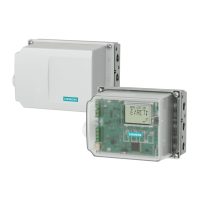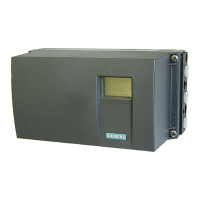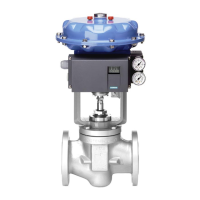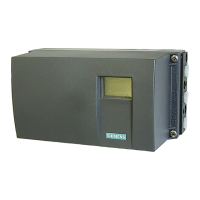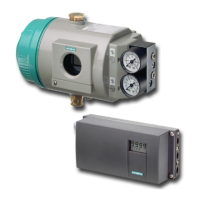Safety-instrumented system in single-channel operation (SIL 2)
0HDVXUHG
YDOXH
6KXWGRZQVLJQDO
Automation system
Transmitter
Final controlling element
Figure 10-2 Safety-instrumented system in single-channel operation
The combination of transmitter, automation system and final controlling element forms a safety-
instrumented system that performs a safety function.
The transmitter generates a process-related measured value that is transferred to the
automation system. The automation system monitors this measured value. If the measured
value exceeds the range of the high or low limit, the automation system generates a shutdown
signal for the connected final controlling element, which switches the associated valve to the
specified safety position.
10.3 Safety Integrity Level (SIL)
The international standard IEC 61508 defines four discrete Safety Integrity Levels (SIL) from
SIL 1 to SIL 4. Each level corresponds to a range of probability for failure of a safety function.
Description
The following table shows the dependency of the SIL on the "average probability of dangerous
failures of a safety function of the entire safety-instrumented system" (PFD
AVG
). The table deals
with "Low demand mode", i.e. the safety function is required a maximum of once per year on
average.
Table 10-1 Safety Integrity Level
SIL Interval
4 10
-5
≤ PFD
AVG
< 10
-4
3 10
-4
≤ PFD
AVG
< 10
-3
2 10
-3
≤ PFD
AVG
< 10
-2
1 10
-2
≤ PFD
AVG
< 10
-1
The "average probability of dangerous failures of the entire safety-instrumented system"
(PFD
AVG
) is normally split between the following three components:
Functional safety
10.3 Safety Integrity Level (SIL)
SIPART PS2 with PROFIBUS PA
Operating Instructions, 05/2019, A5E00127926-AC 237
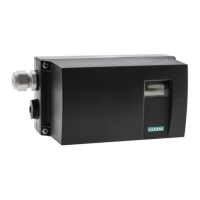
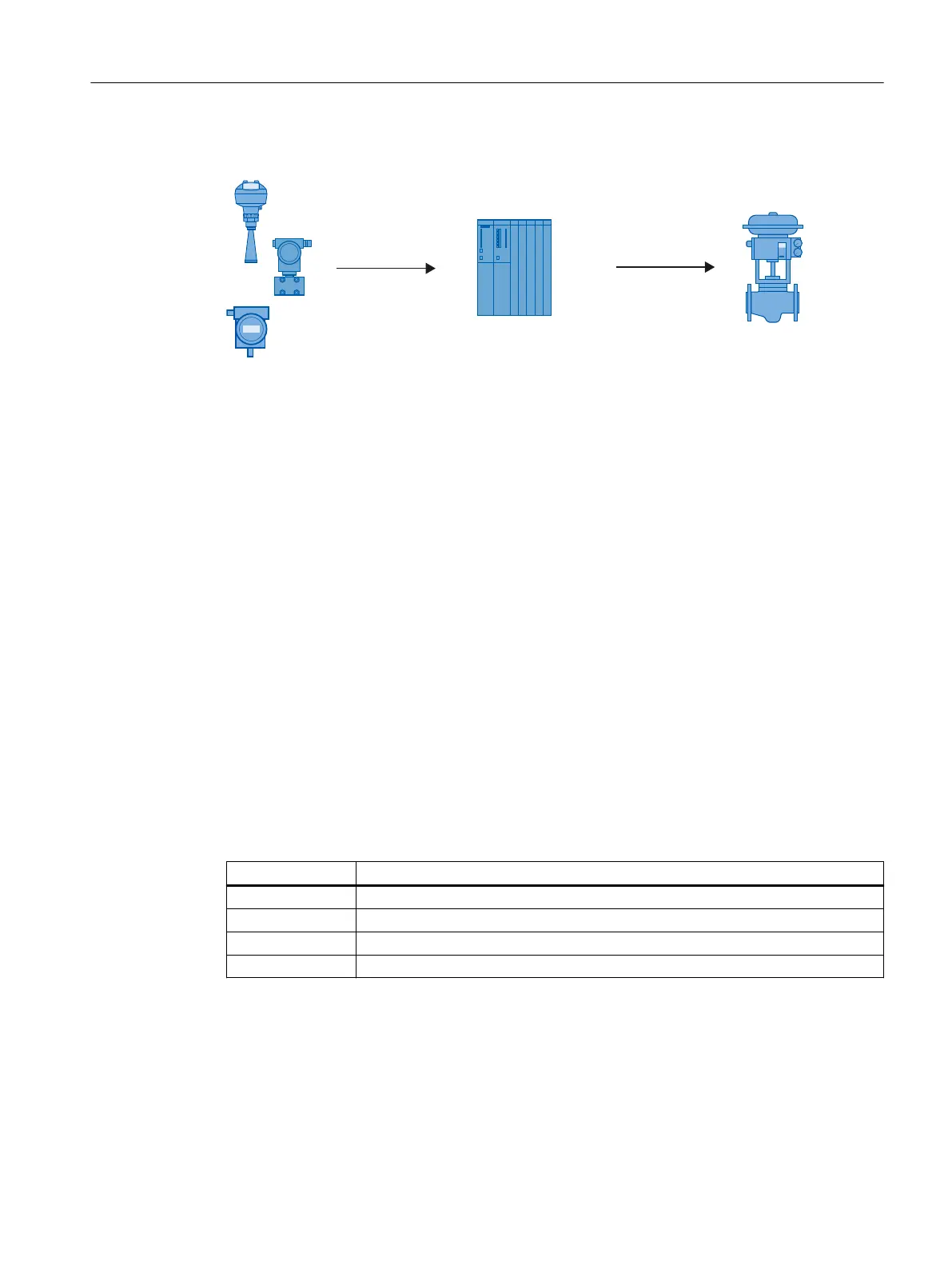